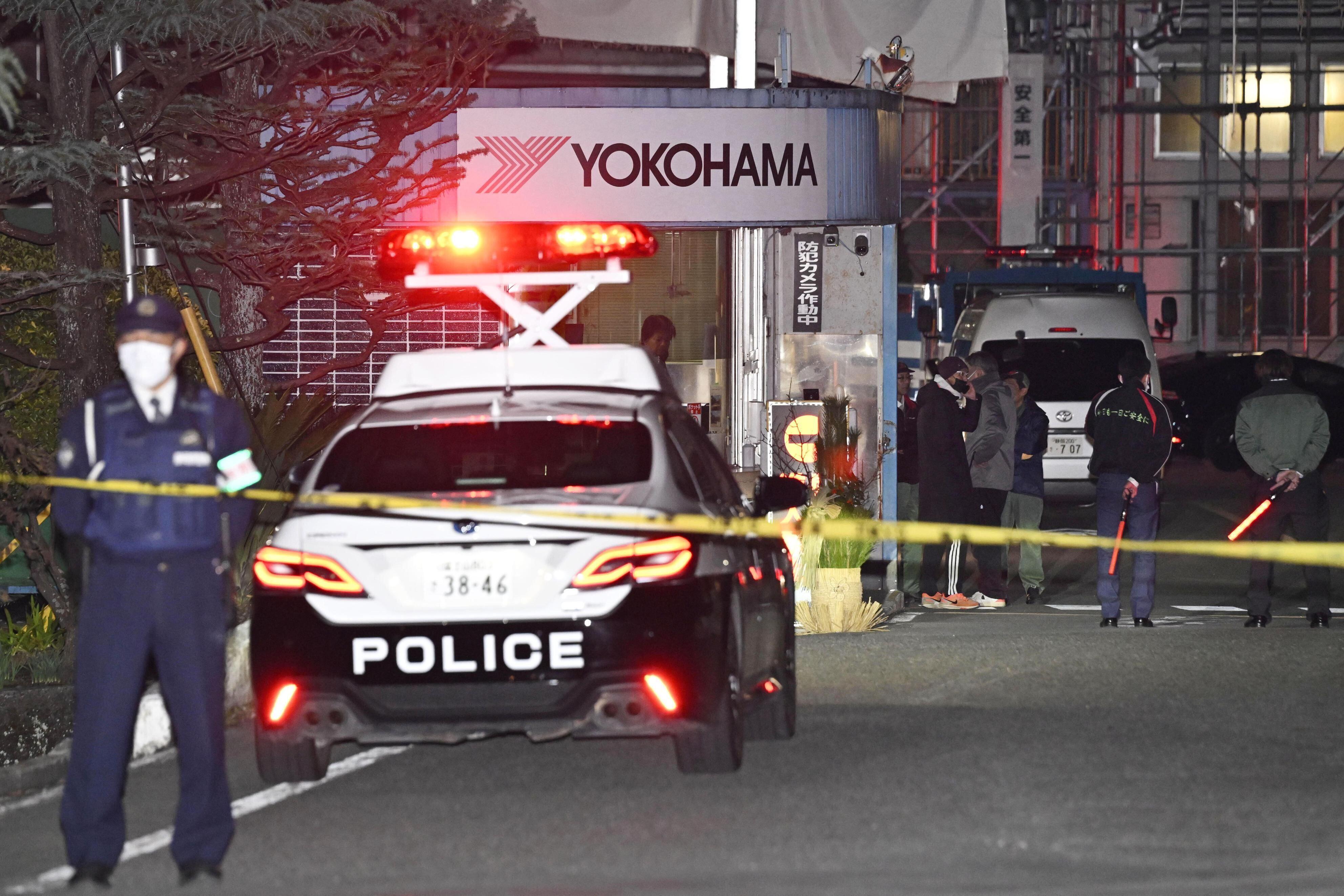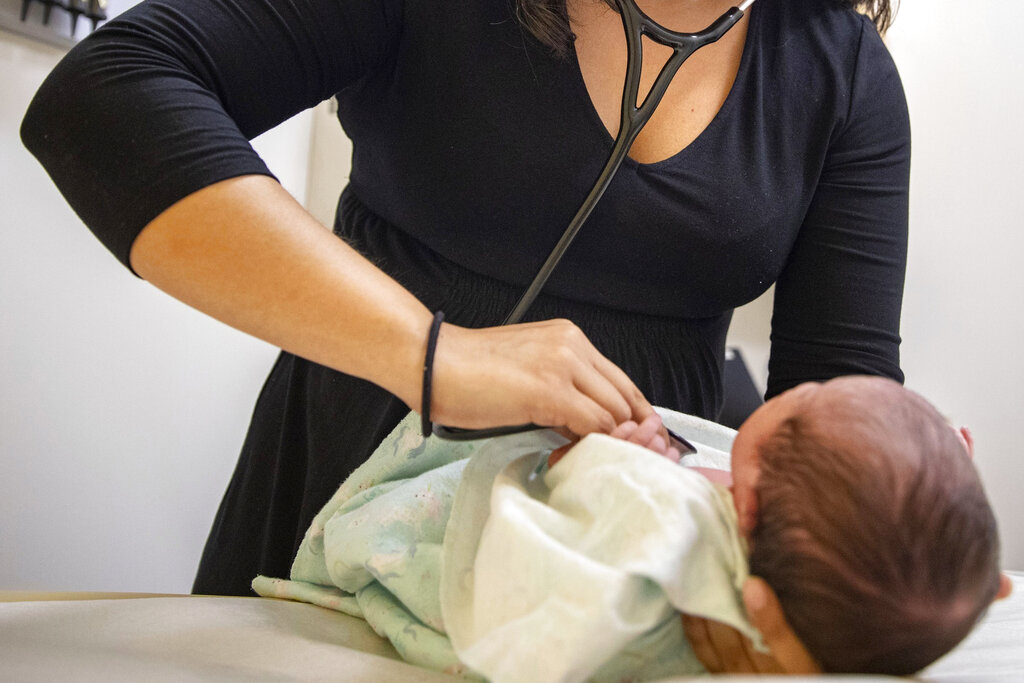In the last few years, there has been a rise of Asian and Asian American representation in hit films, like the history-making best picture winner "Parasite," the rom-com hit "Crazy Rich Asians" and now the critically-acclaimed "Everything Everywhere All at Once," in theaters now.
While AAPI representation in film has changed in a positive way, there is still a ways left to go.
In a roundtable for Entertainment Weekly during the press tour for "Everything Everywhere All At Once," lead actor Ke Huy Quan shared how this movie was his return to film after quitting acting long ago over a lack of roles.
KE HUY QUAN: And then the truth is, as I got older, there was just not a lot of opportunities for an Asian actors, at that time.
JAMIE LEE CURTIS: Older meaning like, 14.
QUAN: No, no, like late teens, early 20s.
CURTIS: Right, okay.
QUAN: And it came, like, once a year or once every six months, while my peers were auditioning two times a week, three times a week.
Plus, it's not like Quan wasn't connected; he had been in some of the biggest movies as a kid, such as playing Short Round in "Indiana Jones" and Data in "The Goonies." But his experience in having a tough time finding adult roles as an Asian-American actor is all too common in the industry.
A report from the University of Southern California analyzed Asian and Pacific Islander actors and roles in 1,300 popular films from 2007 to 2019. It found there was little to no meaningful increase in representation, despite Asian Americans being the fastest-growing demographic in the U.S.
Only 3.4% of films had an Asian American lead or co-lead; that's only 44 movies. Of those 44 movies, 14 were led by one guy: Dwayne "The Rock" Johnson. The report also found that 39% of films had no Asian and Pacific Island characters at all. In total, less than 6% of all speaking roles went to API actors.
Many roles expressly for Asian characters still may be going to White actors anyway.
Yellowface make-up and prosthetics have been a fairly common technique used in Hollywood since some of its earliest films. One infamous example was the 1937 film "The Good Earth," where German American actress Luise Rainer won an Academy Award for her depiction of a Chinese character, complete with prosthetics. Hollywood trailblazer Anna May Wong was passed over the role because Hollywood's production code at the time forbade depictions of screen intimacy between people of different races, and she was reportedly heartbroken by the decision.
While yellowface has been largely phased out in recent decades, there's been a number of recent roles rewritten for white actors or simply cast as white actors, despite being an Asian character. For instance, Emma Stone acted in "Aloha," Tilda Swinton in "Dr. Strange" and Scarlett Johansson in "Ghost in the Shell."
The 2018 hit "Crazy Rich Asians" was based on a book by Kevin Kwan, who passed on a large paycheck just to make sure he could be involved in creative and development choices — namely in casting. He optioned his book to studios for only a single dollar.
Kwan told the Hollywood Reporter his choice came after one pitch strongly recommended he change the Asian heroine to a white woman to get more interest in the film. He alleges a producer told him, "It's a pity you don't have a white character."
"Crazy Rich Asians," led by an all-Asian ensemble cast, became the highest-grossing romantic comedy of the past decade.
When talking about diverse representation in movies, it's about so much more than symbolic milestones — we're talking about lasting impacts on both the wider culture and for the individual moviegoer.
While there's still so much progress to be made, this AAPI heritage month can also mark how far the industry has come and raise excitement about how Hollywood may be changing.
For example, "Crazy Rich Asians" made a huge impact on one former child actor in particular.
"That movie just hit me on so many levels," Quan said. "I remember watching it three times in the theater, and I cried every single time. And, I had serious FOMO... and I go, 'Wow I wish I was up there.' Seriously. And the idea of getting back into acting, that's where it started."










